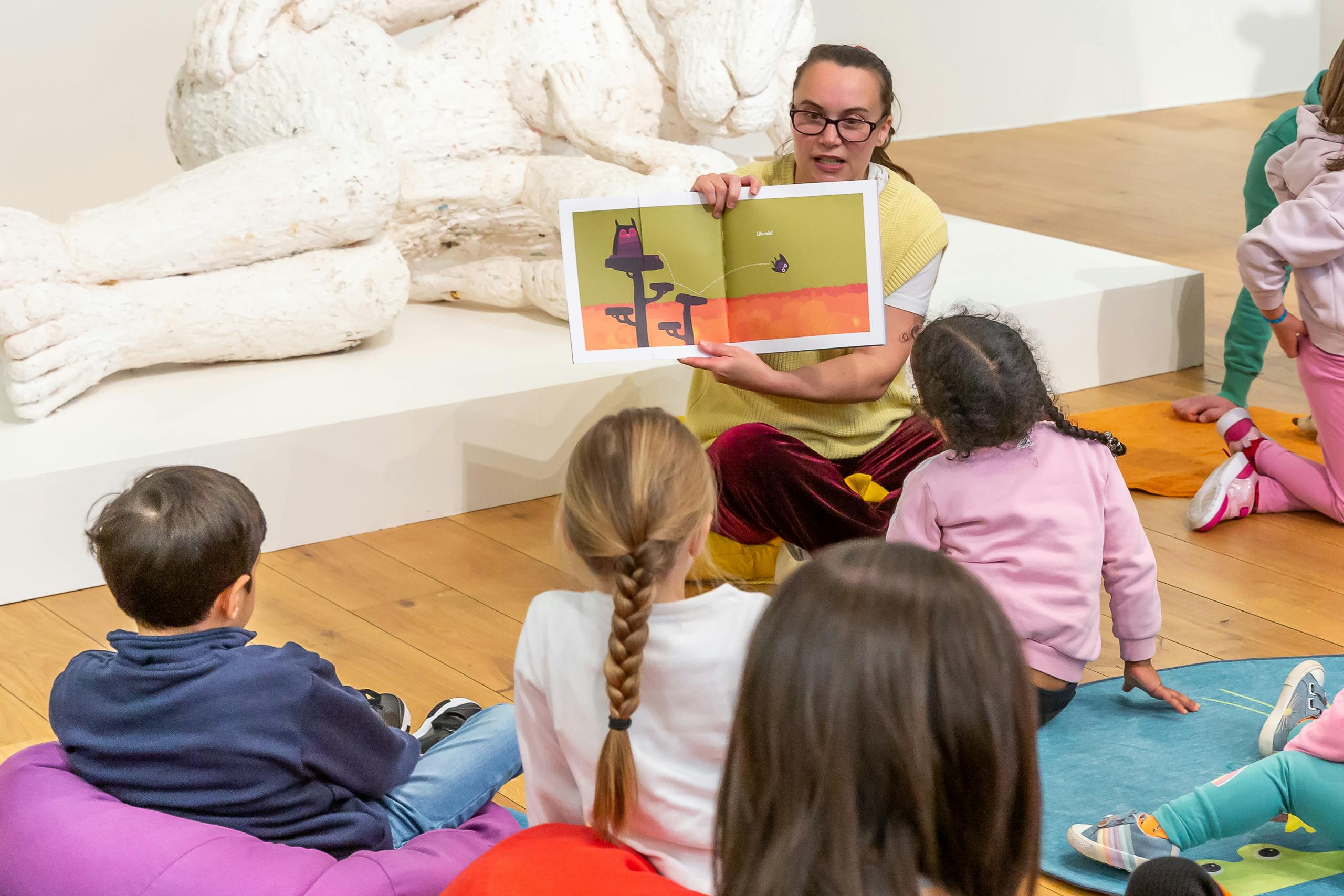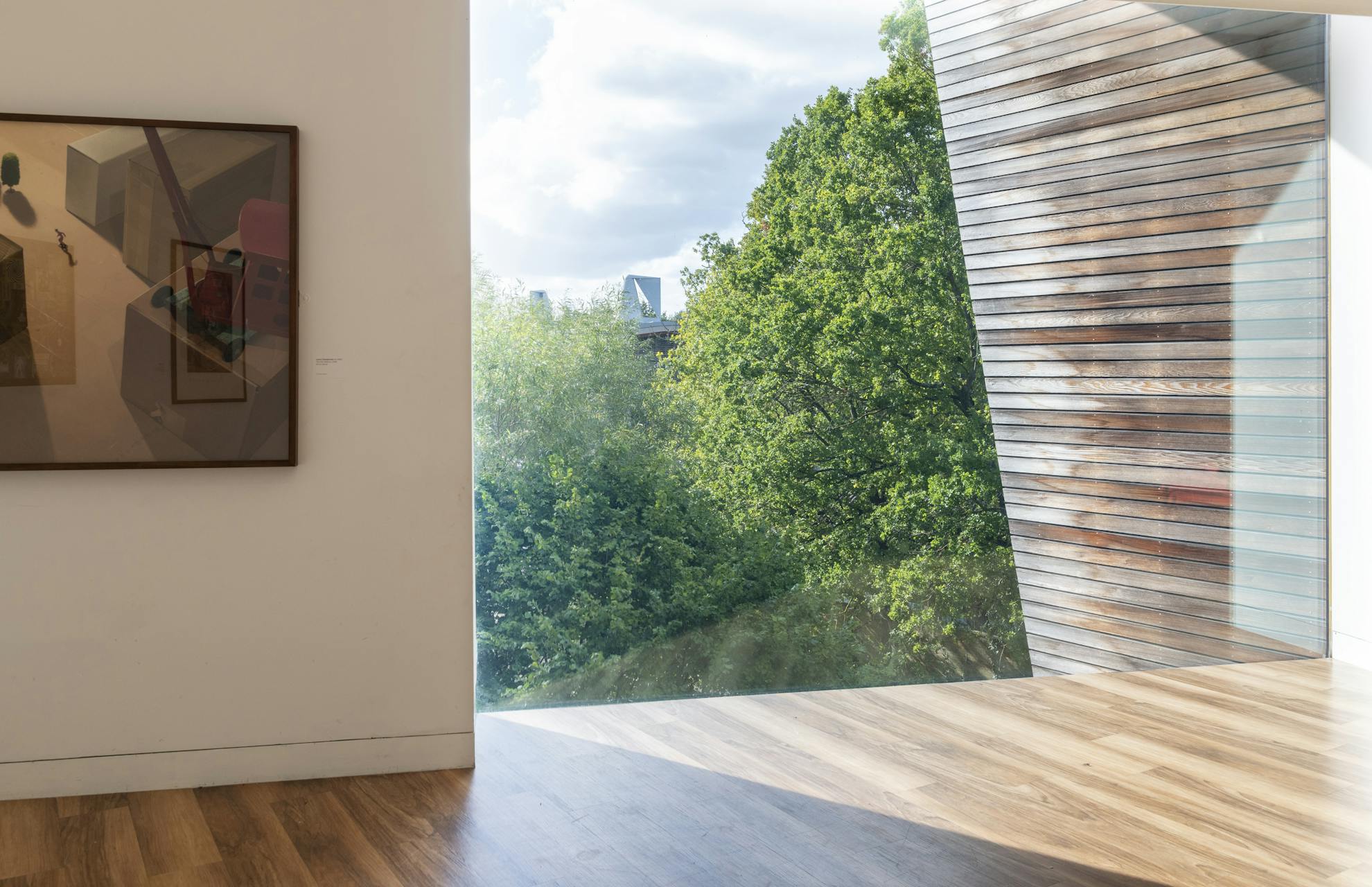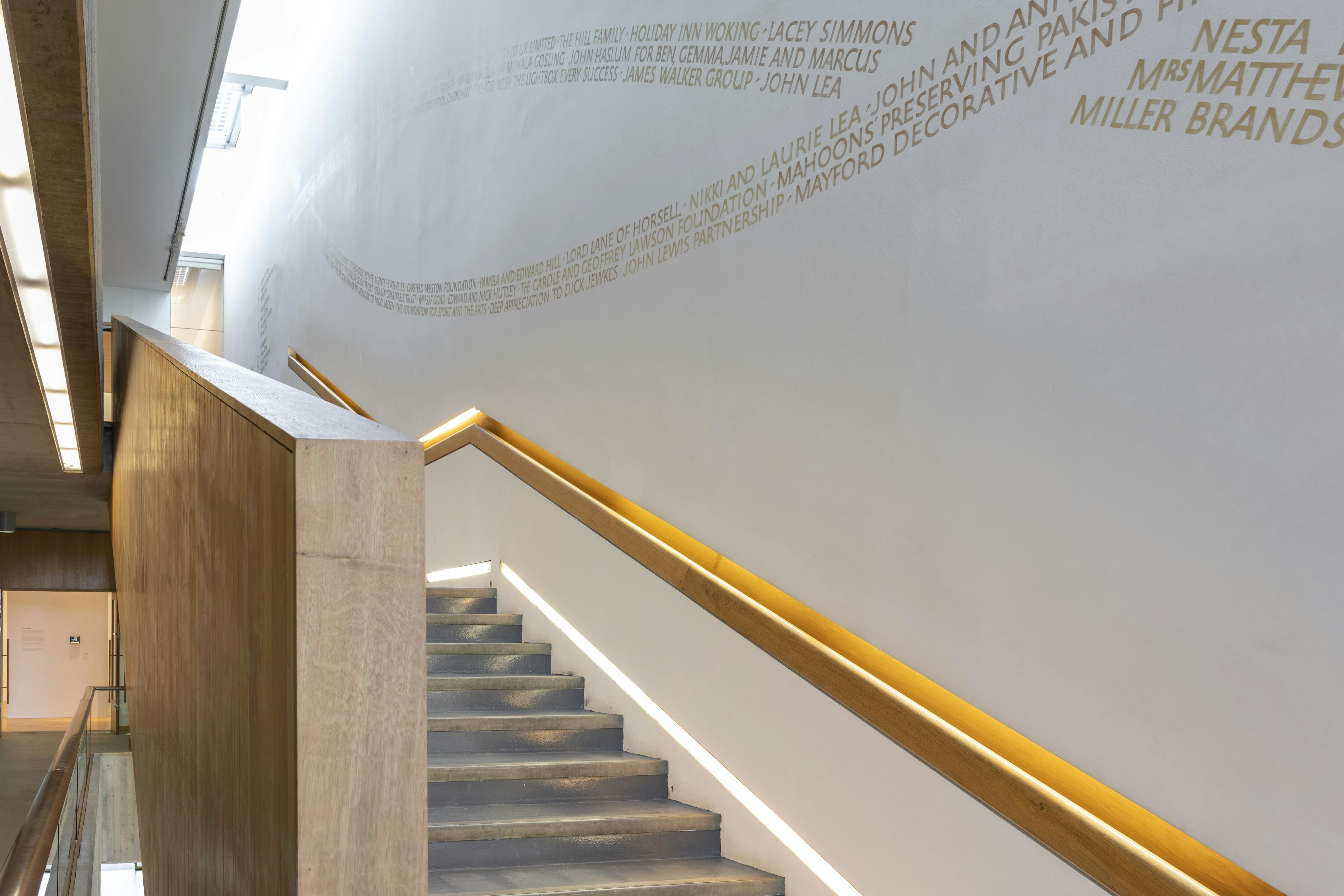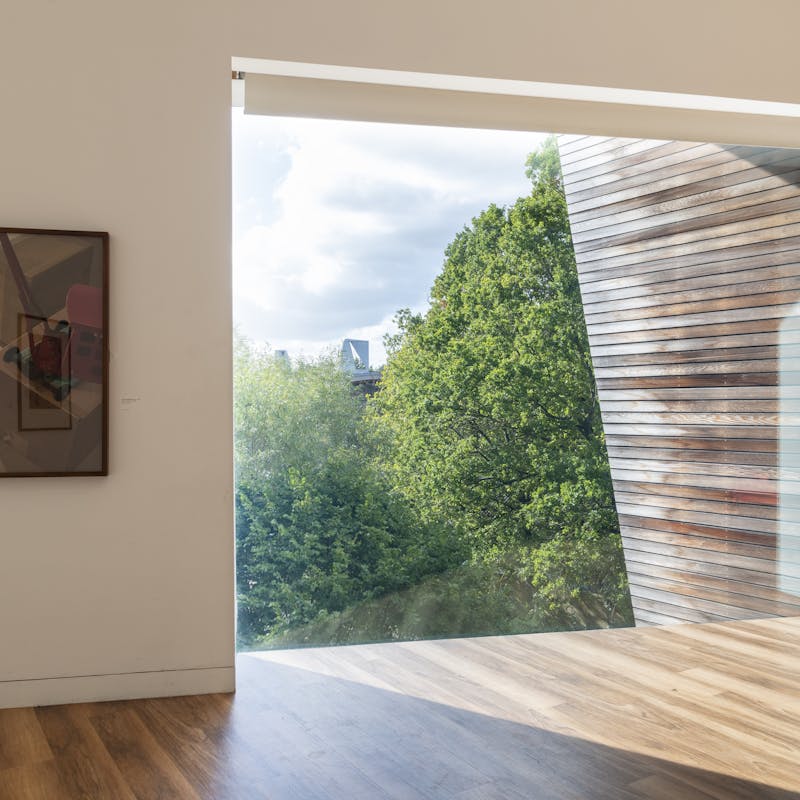Find out everything you need to know about your visit to Lightbox Gallery & Museum, including opening times, admission, where to find us, and how we will keep you safe during your visit.
Visit
Us
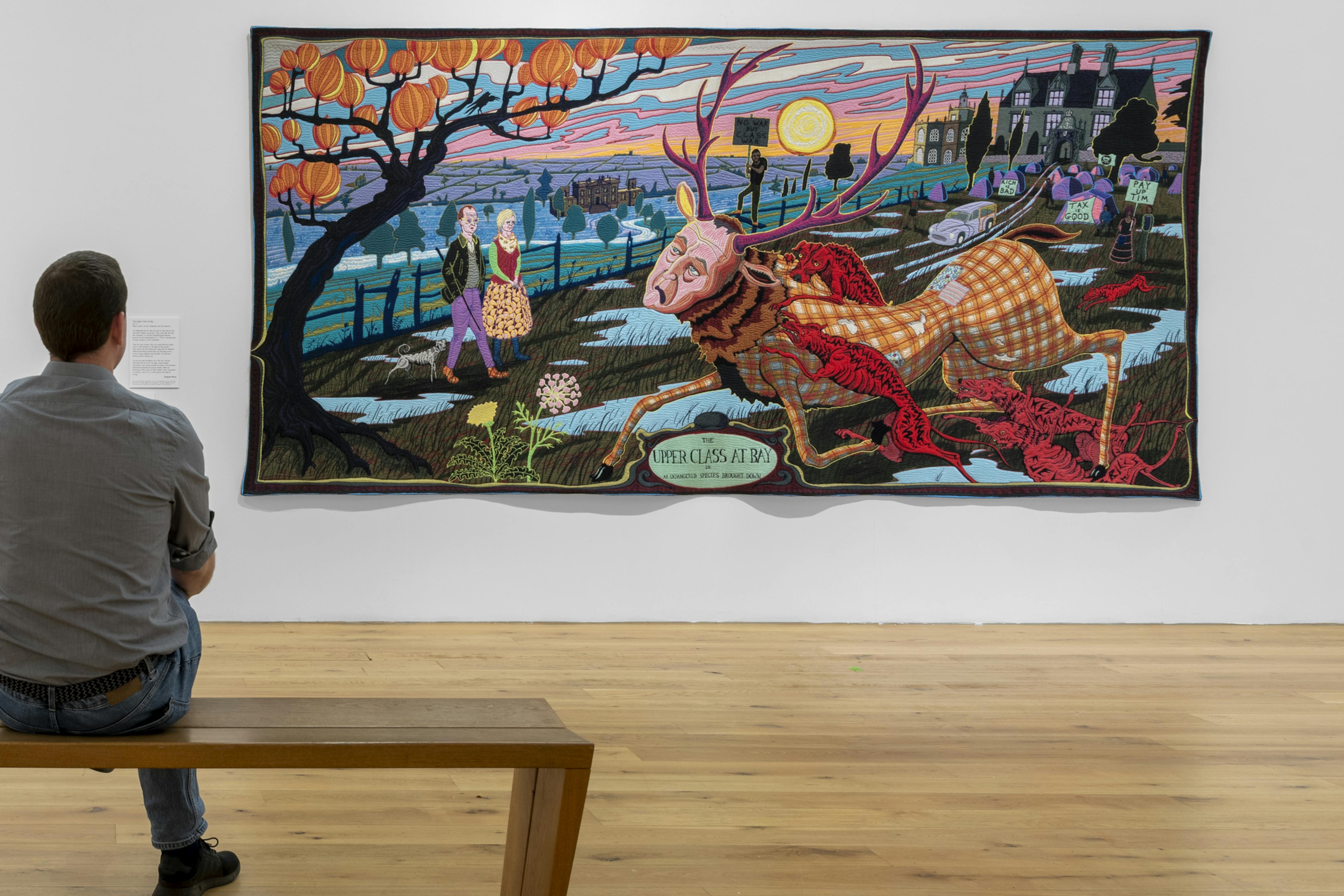
About
Us
Lightbox Gallery & Museum is a leading contemporary gallery, award-winning museum and creative space, in the heart of Woking, Surrey.
Learn
With Us
We work with artists, schools and community groups to deliver an award-winning learning programme, inspiring creative activities for all ages and abilities.
